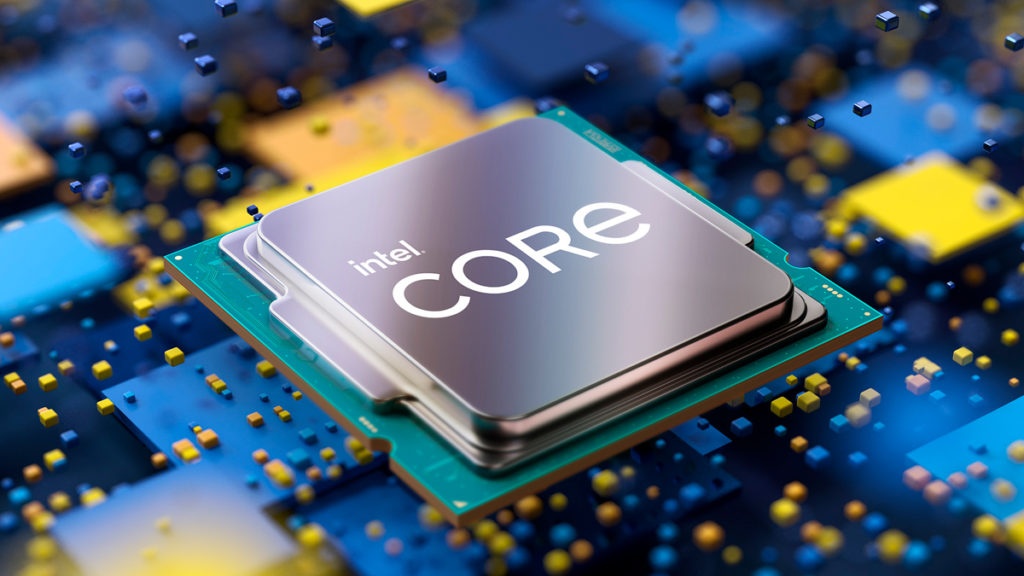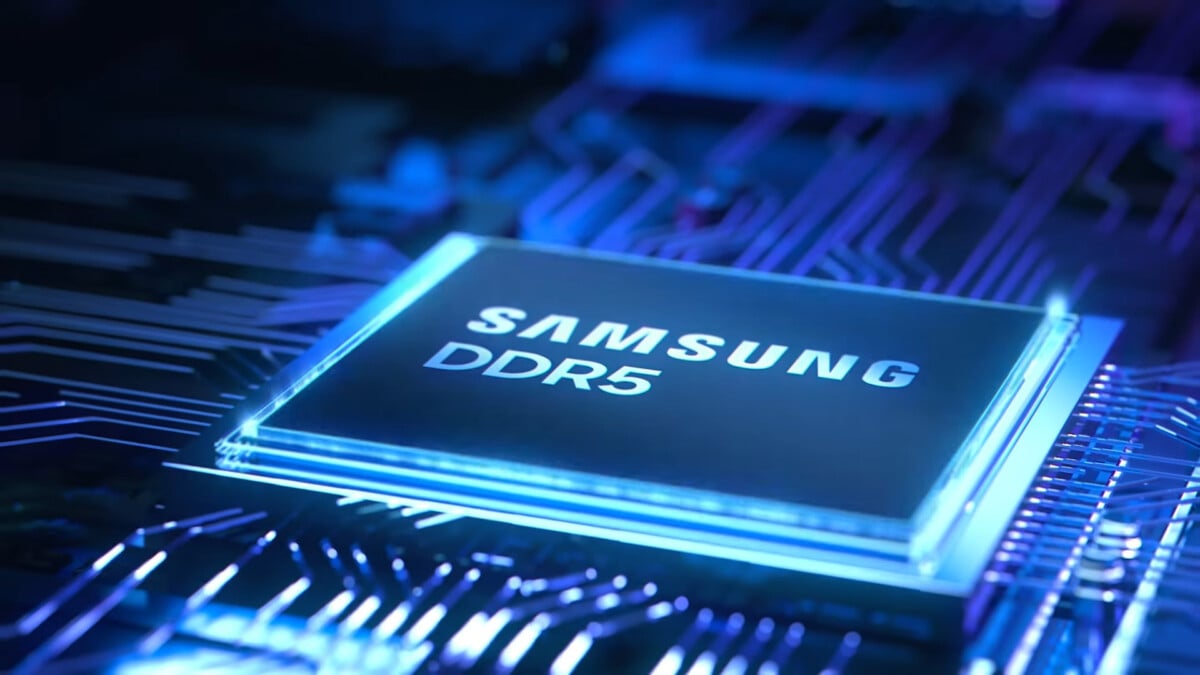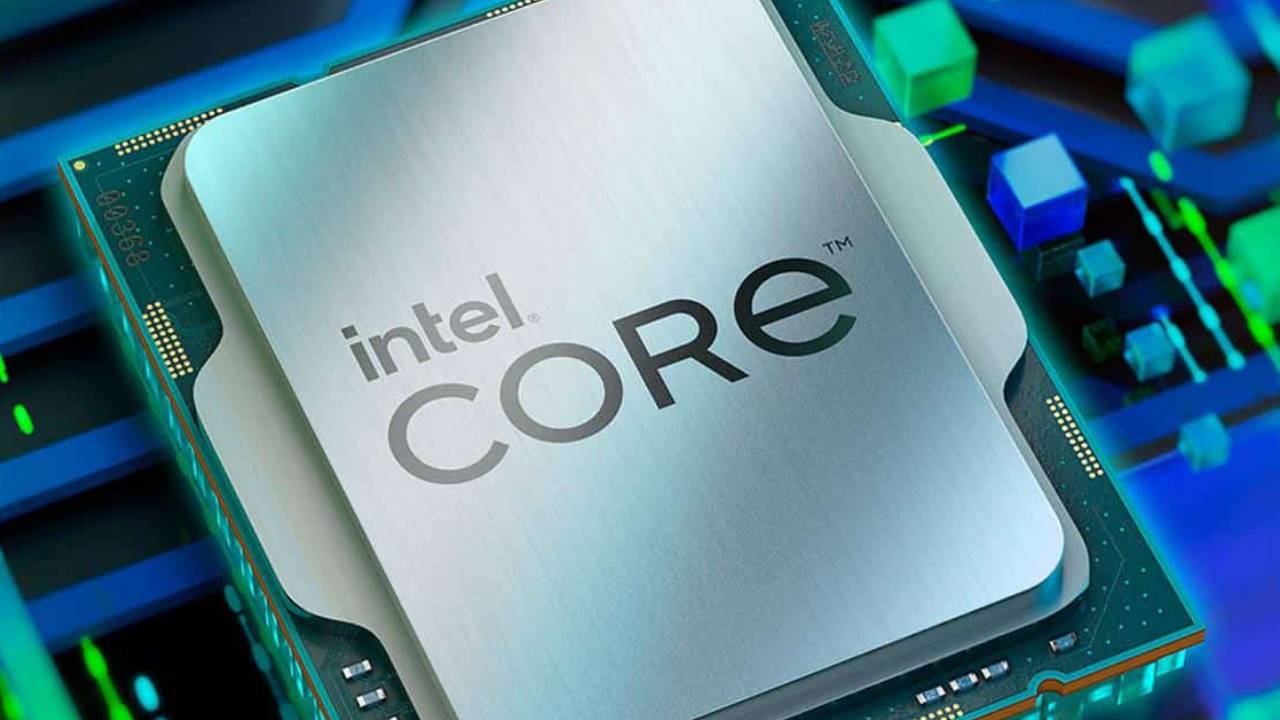What do the new 12th and 13th generation Intel processors bring compared to their predecessors?
Technology Updates for 12th and 13th Generation Intel Processors
![]()
Intel unveiled its 12th generation processors in 2021, and its 13th generation processors in 2023. These new generations of processors bring a series of technological innovations that make them more efficient, more energy efficient and more versatile than their predecessors.
Hybrid Architecture

The main novelty of the 12th and 13th generation Intel processors is their hybrid architecture. This architecture combines two types of processor cores: Performance cores (P-cores) and Efficient cores (E-cores). P-cores are designed for performance-intensive tasks, such as gaming, video editing, or graphic design. E-cores are designed for less performance-intensive tasks, such as multitasking, web browsing, or email.
Intel Raptor Lake processor

The 13th generation Intel processors are based on the Raptor Lake processor, which is an update to the 12th generation Alder Lake processor. The Raptor Lake processor has a higher number of cores and threads, allowing it to deliver even better performance than the Alder Lake processor.
DDR5 memory

12th and 13th generation Intel processors support DDR5 memory, which is the next generation of RAM. DDR5 memory is faster and more energy efficient than DDR4 memory
PCIe 5.0 storage

The 12th and 13th generation Intel processors also support PCIe 5.0 storage, which is the next generation of storage standards. PCIe 5.0 storage is faster than PCIe 4.0 storage, allowing data to be transferred faster.
Intel Thread Director
12th and 13th generation Intel processors also support Intel Thread Director, which is a new feature that allows the operating system to allocate cores and threads to different tasks more efficiently. This improves performance and energy efficiency.
Conclusion
Intel's 12th and 13th generation processors offer a series of technological innovations that make them more efficient, more energy efficient and more versatile than their predecessors. These new generations of processors are ideal for users who want the best possible performance for gaming, video editing, graphic design or other resource-intensive tasks.





Tous les commentaires ( 0)